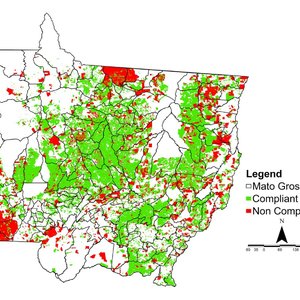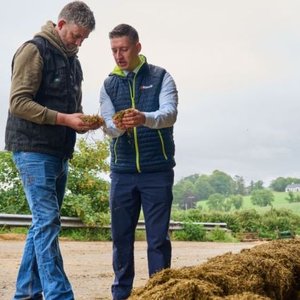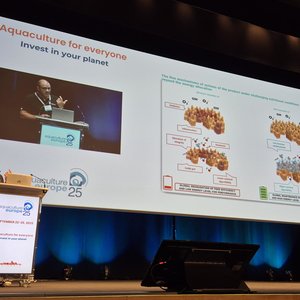According to experts who will present at the Biomin World Nutrition Forum, the expanding danger that secondary fungal metabolites pose to global feed safety, profitability and sustainability is becoming more apparent to the scientific community and agriculture sector.
“Mycotoxins are among the most important safety risks for the future livestock feed industry and security of the feed supply chain,” stated Dr. Gunther Antonissen of Ghent University in Belgium.
Fungi-produced mycotoxins endanger more than feed safety and security. They also hamper productivity, adding additional cost to the feed and food industry while also affecting the environment.
“Due to their negative effects on farm animal productivity and health, mycotoxins prevent the animal protein industry from achieving an efficient and sustainable use of natural resources,” observed Dr. Wulf-Dieter Moll of the BIOMIN Research Center.
Harmful mycotoxins do not have to contaminate feed in high concentrations to make their negative effects felt in farm animals. “At present, clinical mycotoxicosis caused by high doses is rare,” explained Dr Antonissen.
“However, also the ingestion of low to moderate levels of these toxins cause an array of metabolic, physiologic and immunologic disturbances, with the gastrointestinal tract as one of the major target organs,” he added.
Higher atmospheric temperatures, elevated carbon dioxide levels and water stress associated with climate change may all contribute to higher mycotoxin contamination of crops in the future.
“Studies suggest that in staple commodities such as maize [corn], aflatoxin contamination may be stimulated, which has an impact on food/feed chains,” commented Prof Naresh Magan of Cranfield University in UK. “Other temperate cereals such as wheat, barley, and oats may also be less resilient under climate change conditions, increasing the risk of mycotoxin contamination pre- and post-harvest.”
“Climate change will increase aflatoxin contamination in staple crops and enlarge the contaminated area,” added Prof Paola Battilani of the Università Cattolica del Sacro Cuore in Italy.
Historical data already provides examples in which mycotoxin occurrence patterns have shifted.
“Europe was first significantly impacted by aflatoxin in 2003, when around 40% of maize lots were highly contaminated,” noted Prof Battilani. “The same has occurred for each of the last 10 years.
These experts will delve into further detail on the threat and future of mycotoxins at the Mycotoxin Session of the 2018 World Nutrition Forum in Cape Town, South Africa from October 3 to 5, 2018.










